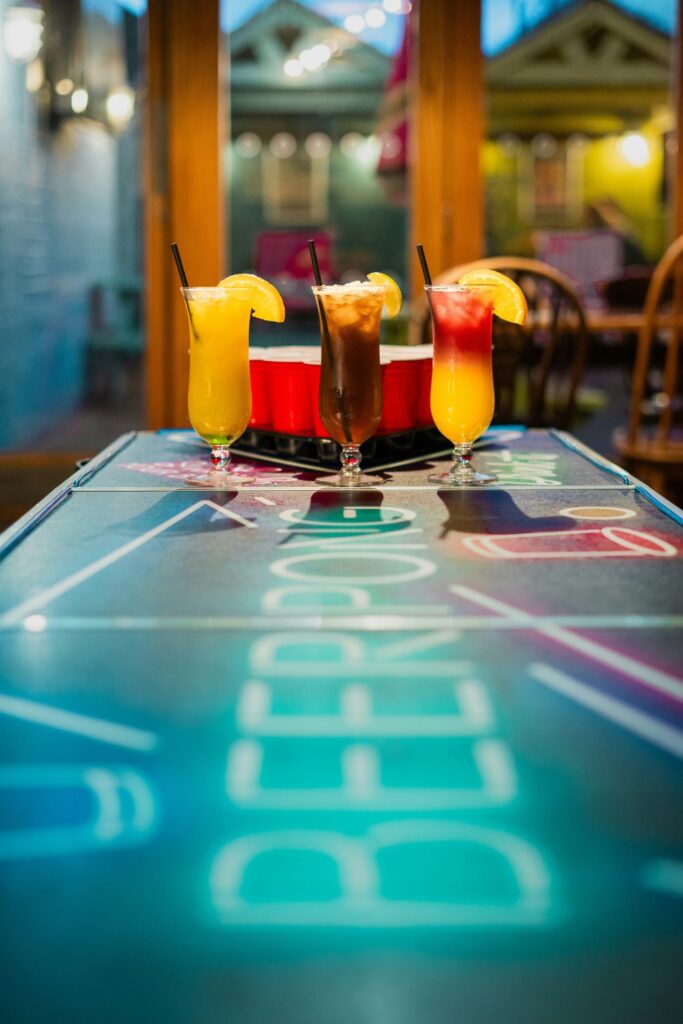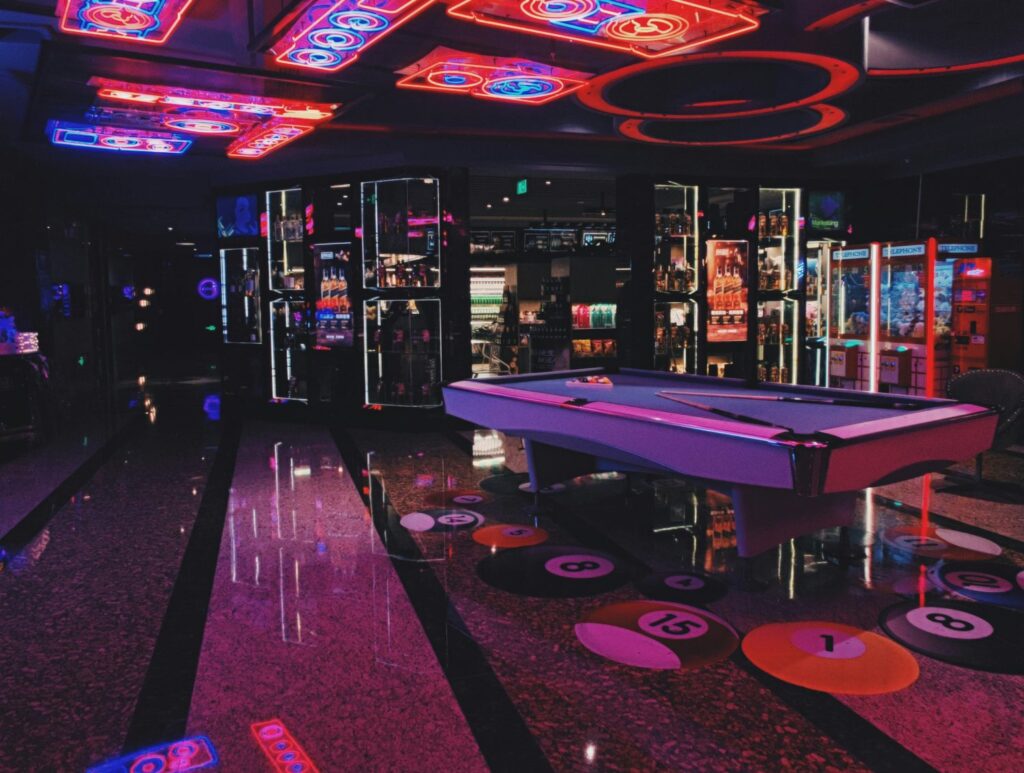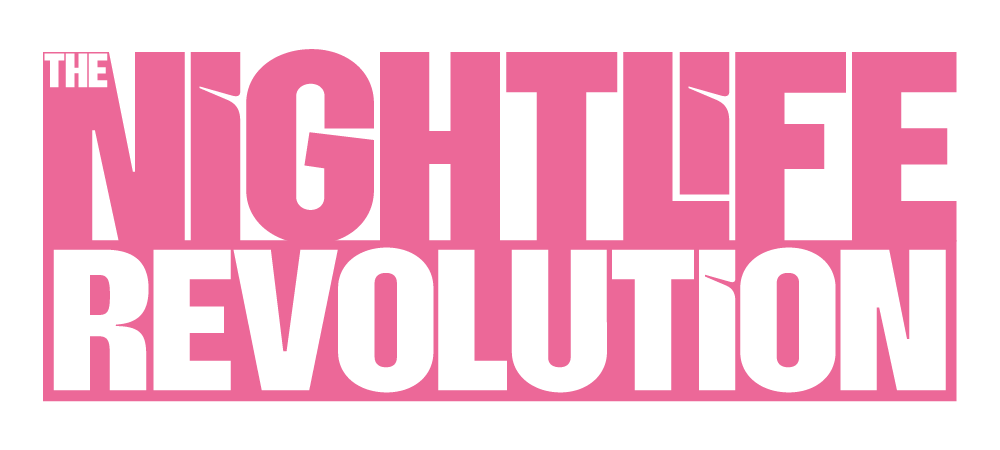A Difficult Few Years for UK Nightlife

The Night Time Economy Market Monitor is the UK’s definite quarterly report on night-time numbers. In challenging times; where nighttime venue are thousands of pounds worse off than previous year because of rising costs and reduced reliefs; the Monitor quickly reflects the resilience of the industry.
The Monitor records the statistics for late night sites, including bars nightclubs and casinos. It also accounts for evening economy sites, such as arenas, ballrooms, bar restaurants, bingo halls, cocktail bars, craft bars, educational bars, theatres, themed bars and pubs, and wine bars.
What is the Night Time Market Monitor?
The Night Time Market Monitor records trends and levels of consumerism within late-night venues; these being nightclubs, bars, restaurants and entertainment venues. Published by CGA, in partnership with the NTIA, the Monitor tracks key trends as well as the main challenges faced by operators.
The Night Time Market Monitor is published every quarter and gives an accurate representation of the wellbeing of the present nighttime sector.
The most recent and recurring message has been The COVID Comeback – The Monitor shows that while the number of nightclubs, late-night bars and casinos has slumped by a quarter (25.1%) in the five years since the start of the COVID-19 pandemic in March 2020, it has increased by 2.0% in the last 12 months.
The Monitor is freely available and attempts to present the night time economy in numbers for the benefit of authorities and organisations.
Go Here to Download the NTE Market Monitor
Key Night Time Economy Statistics
Here are some statistics which stuck out to us when reading the Monitor:
- Nighttime economy venue numbers have grown in the past 12 months by 4.9%.
- Bars have performed the best of the three main types of nightlife venue, seeing a rise in number by 7.6%.
- Britain now has 2.8% more bars than it did at the pre-COVID benchmark of March 2020.
- Nightclub sites are up 5% from last year, but still down 33% from 5 years ago.
- Themed bars have seen a massive 195% increase in number.
- Independent businesses have suffered disproportionately with 15.8% closed since March 2020, compared to 3.2% for managed groups.
- Values for drink sales past 1am have declined by 13%.
Insights from the Night Time Market Monitor?
We have read the Monitor and have condensed it down to a number of insights which we believe are of value to nightlife operators and venue owners:
Major cities are fairing better than smaller cities
Cities now have 20.1% fewer late-night sites than they did five years ago, but towns’ net losses have been much steeper at 31.1%. Many towns now have little to no late night venues left, and so customers are looking further afield. Because of the changing in consumer habits in the younger generations, small town independent venues are struggling to hold a candle to what’s offered by city-scale venues. Independent night time sites has dropped by 15.8%.
The report says: “Big cities are drawing late-night consumers in from surrounding areas. This is bad news for some satellite towns and suburban areas, but suggests capitals are cementing their position as the powerhouses of the late-night and cultural economies.”
Regional differences
Regionally there has also been stark differences – London has had the best past year, with a 5.5% rise in number of sites. South & South East England has had the toughest time, with a drop of 2.7%
Young consumers are drinking less
Nearly half of those surveyed either never drink (17%) or drink only once a month or less (29%), and three in five (59%) agree there is less social pressure to drink alcohol now than in the past. Ultimately, venues utilising cheap drinks and deals to draw a crowd is a method that won’t work as well as it once did. Night time businesses need to diversify to survive.
Hospitality is still the top way people socialise with their friends
When it comes to socialising and meeting up with friends, nowhere and nothing is more popular than going out for food and drinks. The majority (51%) of surveyed participants gave this answer, yet with hanging out a home rising to 28% and shopping (27%), watching movies (26%) and gaming (25%) also popular.
Safety concerns and drink spiking worries are now impacting the majority of consumers
55% of surveyed consumers agree that concerns over drink spiking reduced their desire to go out drinking. Safety is the top factor in choosing between venues, even over cost or atmosphere.
Travel concerns and the transport infrastructure is affecting nightlife sales
Over two thirds (71%) of 18 to 30 year-olds say that planning how to get home is affecting their decision to have a night-out. It’s clear, concerns about travel prevent many people from going out as much as they’d like. With a stronger better transport infrastructure, more members of the public would feel able to experience nightlife. This is all the more prevalent with consumers wanting to travel to big cities and further afield.
Late-evening activity drop maybe because of Day-time activity growth
Sales volumes after 9pm are declining, as consumers increasingly shift their social activity to earlier in the day. Drink sales after 1am have slumped, seeing a stark 13% decline. Day-time hospitality activity has been particularly visible in urban centres where morning and brunch-focused offerings are trending.
In response to the Monitor’s findings, Karl Chessell, Director of EMEA at CGA by NIQ writes;
“There’s no escaping the fact that the night time economy faces a difficult trading environment. Costs continue to rise and consumers’ confidence remains patchy. Key post-COVID changes in behaviour, like moderation of alcohol consumption, earlier eating or drinking out and home-based entertainment options, have worked against the night-time economy. However, the late-night market is more buoyant than some realise. Our Monitor data shows it is comfortably outperforming hospitality as a whole for new openings, and bars, competitive socialising venues and cultural sites are all gaining momentum. Conditions will remain tough for some time, but the long-term outlook for well-resourced, distinctive and good-value late-night businesses remains good if they can respond nimbly to people’s fast-changing leisure needs.”

NDML’s review of the sector mid-way through 2025
We have witnessed many nightlife venues seeking to adapt to changing consumer behaviour and evolving formats such as experience-led socialising. We have provided cover for outdoor dining, shuffleboards, arcade machines, other competitive socialising aspects. We believe this openness to adapt has aided the unexpected growth in nightlife numbers, thus beating the previous year’s dismal forecasts.
We can also attest to the rise in themed bars and alternative clubs, with sports bars, games bars and entertainment venues seeing unparallelled success.
However, the drop in independently managed venues is disheartening, and reveals a worrying trend. The cost pressures, licensing difficulties and transports issues pave a trepidatious path forward. 90% of late-night businesses have already cut or plan to cut staff, hours or essential investments. The Autumn Budget could bring serious challenges if the severity of the situation isn’t realised by Government.
Sales patterns are also changing, through the low-and-no generation and daytime activity. There is a clear shift in total sales values away from the late to the earlier evening. Bottomless brunches, social gaming and day raves are gathering traction – Independent venues will have to go to ingenious lengths to draw in the crowds.
Nightlife is changing. Reinvention, reinvestment, reimagination – Nightlife is going through a Revolution.

